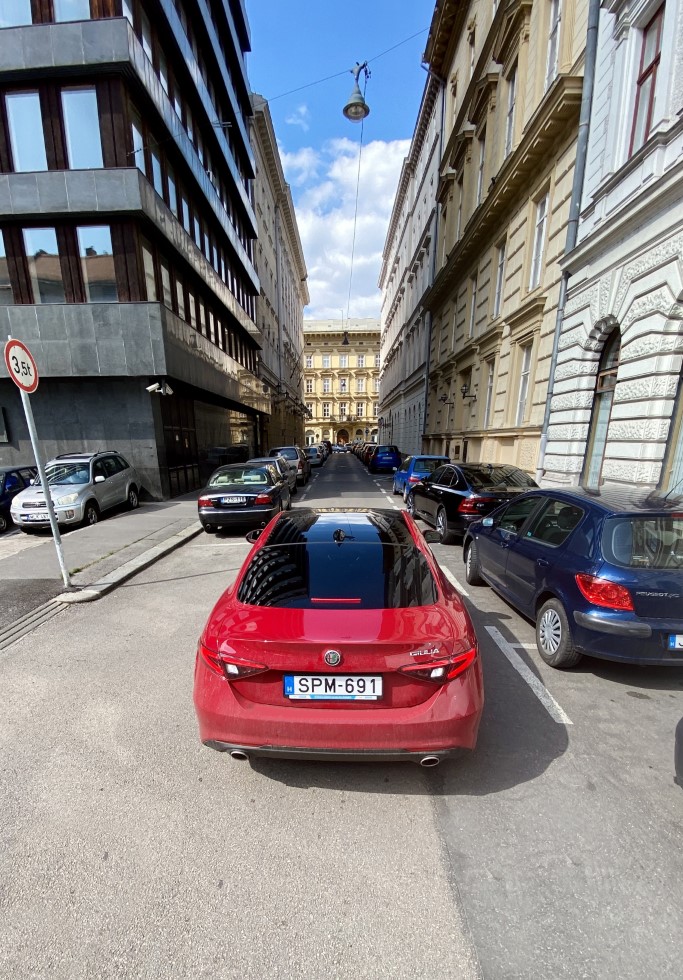Smart City solutions
for municipalities
Parking space utilisation varies, changing between congested and under-utilised areas and periods. Public parking spaces are a treasure, yet municipalities have outdated and incomplete information on their use. It is also essential for the city administration to have up-to-date information on the effects of traffic changes and anomalies. Decision-making based on real data will protect the citizens of the city from major traffic disruptions.

Smart Parking
Our Smart Parking solution, with its sensor-equipped parking spaces, can make the work of parking managers easier in a number of ways. The Smart Parking Dashboard, which provides historical and real-time statistical reports, is a very user-friendly interface that can be easily mastered by anyone and allows users to monitor the occupancy of parking spaces and generate statistical reports. Among other things, it is possible to monitor the real-time occupancy of loading, disabled and electric charging bays, allowing efficient reallocation of spaces. By monitoring loading bays, the periods assigned for loading can be determined based on real data, thus maximising parking revenues. It also optimises the routing of parking attendants, so they can focus their checks on locations where parking events have actually occurred. The Parker application and the on-street Parking Guidance Displays help to reduce car traffic by directing drivers to available parking spaces, preventing congestion caused by drivers looking for parking spaces. Smart Parking benefits not only the city administration, but also residents.
Traffic Monitoring
Our Traffic Monitoring solution enables city management to follow the effects of traffic diversions and closures in real time and make more informed decisions about traffic changes. Sensor-based detection offers a cost-effective alternative to other traffic counting solutions, and is easier to install and operate, as it does not require a separate power source and ongoing maintenance.

Benefits of smart city solutions
Declining traffic congestion
Lower noise pollution
Lower air pollution
More efficient operation
Increasing revenues
Freeing up public spaces
Data-driven decision making
Satisfied residents and drivers
Declining traffic congestion






